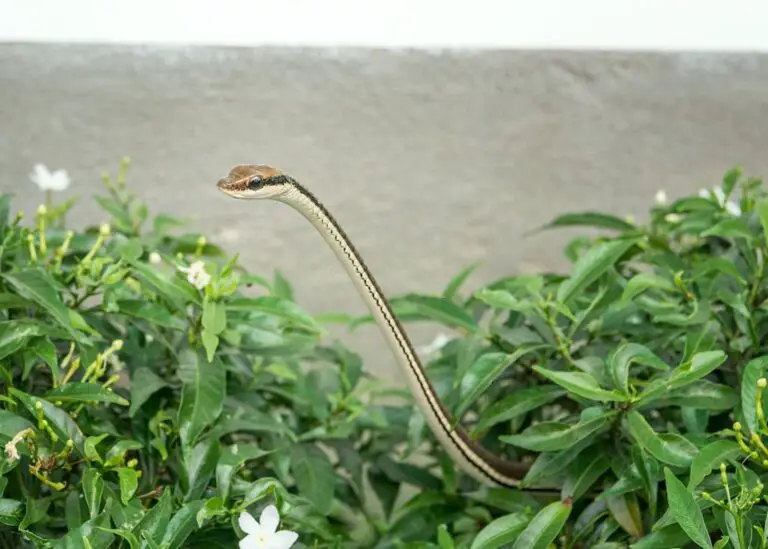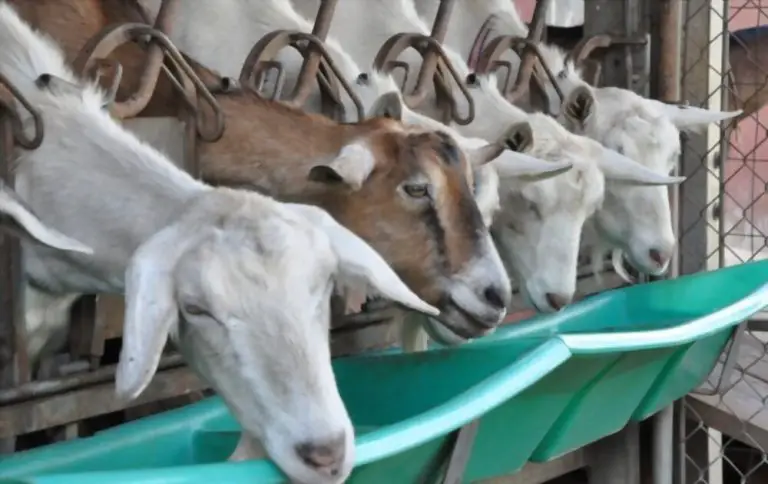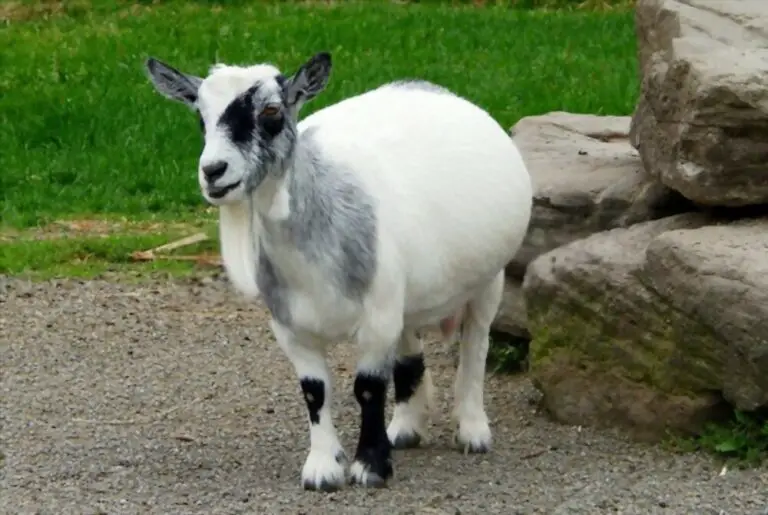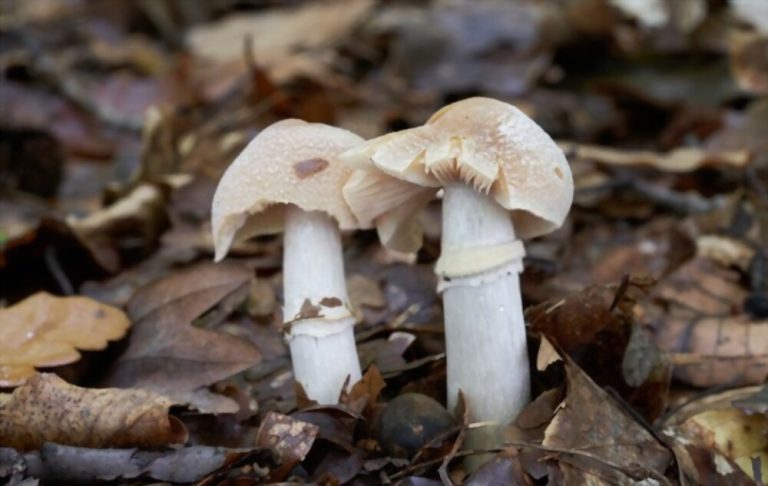Goats are domesticated members of the family Bovidae and close cousins of sheep, cows, bison, and antelope. Goats have qualities of agility, impressive agility, and curious personality in various parts of the world. They also have some notable physical features, including their horns.
When it comes to goats, horns are a significant concern for both safety and functionality. You may want to know whether or not goat horns grow back. As you might guess, you’re in the right place. Keep reading to find out!
Can Goat Horns Grow Back?
The short answer is yes, and goat horns can grow back. But it depends. Horns are a unique feature of goats since they are the only domesticated mammals with horns that grow throughout their lifetime.
Goats only have two permanent horns that stay with them throughout their lives. These horns do not shed, fall away, and regrow like other species. The horns continue to grow throughout the goat’s life and can reach lengths of up to 18 inches in full-grown animals.
Not only can the horns grow in length, but they can also grow in thickness and density, providing the goat with more excellent protection against predators.
Do broken goat horns grow back?
1. Disbudding
Horns can, however, be lost through a process called disbudding. It is when a goat’s horns are deliberately removed to prevent injuries from happening. The method of disbudding does not cause horns to regrow and is often a permanent alteration for the animal.

2. Injury
Injury can also cause goat horns to become damaged. Depending on the injury’s extent, horns may grow back, typically smaller and narrower than the original. It can be a cause for potential injury to the goat, as well as causing psychological harm.
In some cases, the goat may need extra care from a vet. Horns can take 3 to 9 months to grow after a goat have its horns removed.
In essence, while horns generally cannot regrow in goats, there are certain circumstances under which they can regrow. The horns may be able to regrow if they are damaged by injury, but generally, disbudding will result in the horns remaining permanently removed.
Why Do Goats Have Horns?
Goats are born with horns which are believed to serve several purposes. A goat’s horns can protect them from predators by providing an effective defense mechanism.
Some goats also use their horns to compete with other goats and maintain their dominance in the herd.
However, goat horns can also indicate the age of a particular goat. The horn’s thickness can tell the goat’s age, as the horns grow thicker with each passing year and can thin out a bit as the goat gets older. Farmers can use it to determine the age of their goats.
Growth Cycles Of Horns
A goat’s horns growing back combines biological and chemical reactions within the goat’s body. As the horn grows, new material is added to the base of the horn, known as the horn core, and the hardness of the horn increases as well. It contrasts with maxillary bones, which grow as new cartilage and bones instead of materials.
Goat horns have a predictable growth cycle. As a goat reaches maturity, the horns will begin to grow. This growth cycle of growth and shedding is repeated annually, lasting 12-15 months. As the growth phase begins, the horns may look smoother and less likely to grow.
Once the growth phase is complete, the next phase is the shedding of the old horns. This shedding process is when the old horns are replaced with new, more robust ones better suited for the goats who need them.

Hornless Goats
Hornless goats are just as hardy and healthy as those with horns, and their lack of horns does not mean they cannot defend themselves. It is because goats are very social animals and create strong family ties among their herd mates, which leads them to become very protective of one another.
Although most breeds have both horned and polled varieties, these include the French Alpine, English Angora, and Old English milking goats. In some cases, horns can be inconvenient for goats kept in close quarters, such as in city backyards, as they may injure other goats and, more importantly, humans.
Goat horns are made up of several layers of keratin and are not living. As a result, horns tend to become broken or knocked off during fights. In some breeds of goats, such as Angus, You can remove horns entirely, but the veterinarian should always do this.
Sometimes, you may also trim goat horns to help control the animals. When done responsibly, this can help keep the goat safe without putting them in discomfort.
It is essential to understand that not all goats have horns. Some goat breeds, such as polled goats, have no horns, while others may have both horned and hornless varieties.
Conclusion
No matter the growth and shedding cycle, you must give goats proper care and maintenance for their horns. Goat horns are made of keratin, a hard, durable material that is difficult to damage or break.
The goat’s horns should be clean and free from damage or discoloration. Any signs of injury or damage should be treated quickly and appropriately.
Goat horns are an exciting feature that you can use to identify the age of a goat, protect it from predators, or be harvested for other purposes. Goat’s horns grow back if damaged, but it is essential to take precautions when handling or gathering horns to help ensure the safety of the goat.
Furthermore, You must take proper care and maintenance to ensure the animal’s horns are in good shape. Now that you have known this, no matter the horn size or shape, it is essential to treat all goats and their horns with the utmost care and respect.






